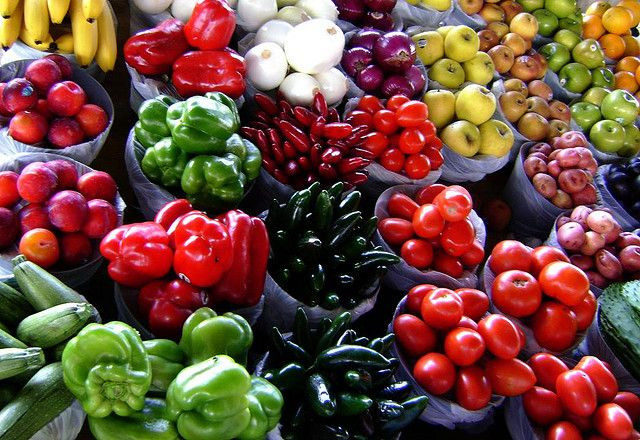Eat Your Veggies: Eating Different Types of Fiber Is One Of The Best Things You Can Do For Your Health

Most people are aware that a well-balanced diet includes fruits, vegetables, grains, and some form of protein. But what about fiber? You know, that stuff that keeps your digestive system running, helps control cholesterol, blood pressure, insulin, glucose, and excess weight. Still not following? It’s the stuff that helps you go number 2.
Well, if you didn’t know what fiber was, that’s OK, because you’re certainly not alone. Americans fall considerably short of the recommended daily fiber intake, researchers found. For men, that would be 38 grams of fiber per day. For women, the number is 25 grams. However, according to Dr. Julie Miller Jones, professor emeritus at St. Catherine University, men intake less than half the recommended amount at 18 grams, while women fair a bit better, reaching about 15 grams on average.
"The real problem is we don't know we have a problem," Jones said. "When you don't know you have a problem, you don't know how to address it. Thirty-five percent of the people in this country think we are getting enough fiber. So we really have a big job in terms of communication, in terms of telling people we aren't getting enough fiber."
The question is, then, if we think we’re getting enough fiber but we aren’t, how do we go about eating more?
According to a July 12 symposium in Chicago, the best way to get fiber in your diet is to try and get it from multiple sources, instead of just one. That means not just eating your veggies. Fiber can come from bread, yogurt, cereal, or pasta. Incorporating these things into your daily diet will help you reap the benefits of fiber.
The Healthy People 2010 initiative recommended adults eating two fruits and three vegetables a day to hopefully increase their fiber intake. Unfortunately, only about 32 percent eat that amount of fruit, while 26 percent eat that amount of vegetables. Jones stated that even those numbers can be misleading, as people will count a single slice of tomato or a few grapes as a fruit or vegetable.
And the benefits of fiber are well documented. As stated earlier, it helps control and maintain a lot of important things in your body. It can help ward off diabetes and help you lose excess weight. But not all fibers are created equal. Mixing naturally occurring and added fiber to your diet can be much more beneficial than just one or the other.
"We can't expect all fibers to have the same functions, just like we don't expect all vitamins to have the same functions," Jones said.
Source: Miller Jones N, et al. IFT15: Where Science Feeds Innovation. Institute of Food Technologists. 2015.



























